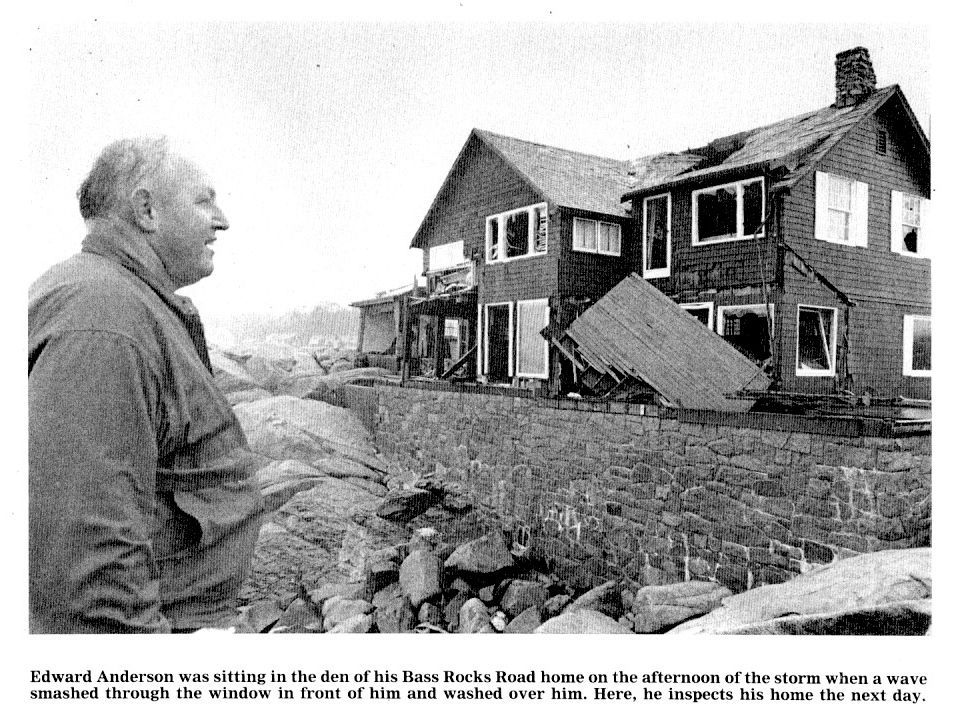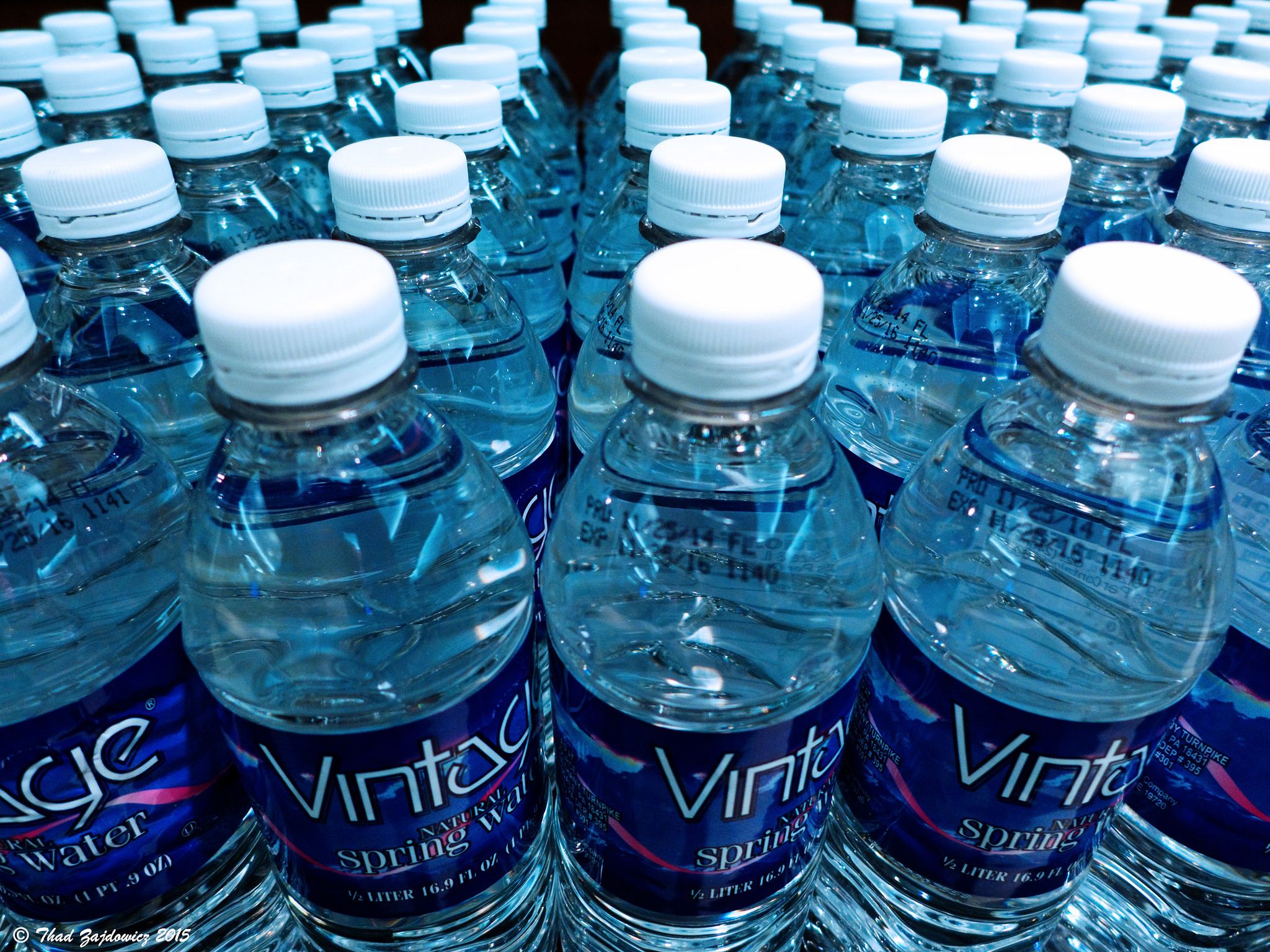Prepare for Hurricanes on Cape Ann Before they Happen
Interested in finding out how your home will likely fare in the most serious of storms? Gloucester’s new interactive map lets you see not only FEMA flood zones, but hurricane inundation maps, as well as estimated 100-year inundation maps for both 2030 and 2070. Below, you'll see a screenshot of the area between downtown and Grant Circle.
Gloucester residents can be prepared by signing up for the city’s new Smart911 plan on the city's website. The city will send out free alerts via Smart911 through voicemails, texts, and social media. These notifications will contain urgent information about immediate action that needs to be taken, as well as road closures, power outages, evacuations, lockdown situations, as well as National Weather Service advisories and warnings. The former Fuller School which is now permanently closed will no longer be used as an emergency shelter, but a new one has not been publicly announced.
According to Ready.Gov, FEMA’s online guide to disaster preparedness for citizens, having a plan before a storm is even on the radar is prudent - and necessary. Weather-predicting technology is always advancing and usually hurricanes are tracked within a cone of accuracy days, and even weeks, in advance. However, these tracks can be incorrect, or shift suddenly - and sometimes, non-hurricane storms or other disasters can happen quickly, leaving little or no time to plan. Having your plan in advance gives you and your family peace of mind, and can save lives.
(Above: The Coast Guard of Texas prepares for a hurricane)
Before a hurricane strike, know how your home is covered for storm damage that may result. Check your homeowner’s policy or call your agent to find out your deductibles. Some policies have a separate wind or hurricane deductible that may be higher than your normal deductible - it’s better to find out before the storm than after, when you’re filing a claim. Keep an electronic version of your policies on your phone or laptop - most carriers will be able to send it to you if you need. To prepare for a possible claim, take photos of each room, as well as your attic and cellar, on your camera phone. Open cabinets and drawers, as well as closets, and take photos. Outside your home, take photos of the inside and outside of your storage sheds, garages, and decks, patios, etc - especially documenting any flower boxes, furniture, or other accessories that may go missing after the storm. This will help you compile a fast list of what you’ve lost.
(The above photo is originally from the book Storming Ashore, which was released by the Gloucester Daily Times after the No-Name Storm of October 30, 1991 - later known as the "Perfect Storm")
It’s important to understand before a storm hits that flood damage is not covered by a regular homeowner’s insurance policy. Flood waters are those that rise from the ground up, like storm surge and rain inundation - much like what has happened in Houston after Hurricane Harvey. Now is a better time than any to get a quote for flood insurance, which is backed by FEMA - the rate will be the same no matter where you get your policy. Your homeowner’s company will be able to help you find coverage. Unless you are purchasing a home where flood insurance required, there is a 30 day waiting period before coverage is effective - which means it’s impossible to try to get right before a storm.
Of course, it’s not only your home, but the people in it, that matter. Protecting your family during a storm is the most important part of the planning process. You can always rebuild your home in the months after a disaster, but you can’t replace people and pets.
Always have a preparedness plan in case of emergency when your family may not be altogether. How will you all communicate? Where should everyone meet if evacuation is necessary? When communication lines are overloaded, it’s easier to text than call.
Before the storm, there are a few important steps to take. Turn your refrigerator or freezer to the coldest setting and make sure you only open the doors when necessary. This way, if you lose power, food will last longer. Keep a thermometer in the refrigerator to be able to check the food temperature when the power is restored and make sure to promptly dispose of any food that has been above 40 degrees for more than 4 hours. Also, bring loose objects inside that can become projectiles in high winds, such as patio furniture, garbage cans, planters. Secure items that can’t be brought inside - such as grills and propane tanks.
Having a ready to go, stocked disaster kit is an imperative part of hurricane and disaster preparedness. There may be times where evacuation is immediate, and your supplies should be ready to go in one or more waterproof, lidded storage tubs. A disaster kit can save your life. Fill your car and a five-gallon container with gas - even if you are not driving some where to evacuate.
Your disaster kit should include the following:
- Nonperishable food and water that can last a bare minimum of 72 hours. Granola bars, shelf-stable fruit juice, canned nuts, boxes of cereal, peanut butter, canned fruit and vegetables, bread, and shelf-stable milk are good bets. Families that need formula should have at least a week’s supply - or more. Don’t forget pet food for your animals! For drinking water, plan on one gallon per person per day.
- A can opener, and disposable cups, plates, and utensils, garbage and ziploc bags
- Prescription and over the counter medication for all family members, as well as sunscreen and hand sanitizer, baby wipes, and a first-aid kit. Don’t forget toothbrushes, toothpaste, and other toiletries.
- A backup pair of glasses or contact lenses for each person who many need them
- Extra phone batteries/power banks that are fully charged, batteries, and flashlights.
- Candles, a lighter, a portable radio that’s battery/hand powered, and a portable camp stove. If you have a grill, you can use that - IF it survives the storm. A portable fire extinguisher is also a smart idea.
- Ice (stock your freezer before the storm), a cooler, sleeping bags, and blankets.
Of course, having more than the necessary supplies is a smart plan, and that list is by no means exhaustive. If you or family members have special medical or dietary needs, you’ll need to take more precautions to make sure they are safe.
Often, power can be out for days, stretching into weeks. It may be wise to purchase a portable generator or have a permanent backup generator installed for your household. Generators and other alternate power/heat sources MUST be kept outside at least 20 feet away from windows and doors, in a dry area, and NEVER try to power the house wiring by plugging a generator into a wall outlet. Each year, dozens of Americans die of carbon monoxide poisoning due to incorrect usage of generators.
After the storm, avoid walking or driving through flood waters, if there are any. Moving water is extremely dangerous - just 6 inches of moving water can knock you down, and less than foot of fast-moving water can sweep your vehicle away. Water can also be electrically charged from underground or downed power lines or may hide dangerous, sharp debris or places where the ground is washed away.
For more real-time hurricane and emergency information and disaster preparedness tips, visit the following websites:
- FEMA
- American Red Cross
- Ready America
- Federal Government Disaster Assistance Information
- North Shore - Cape Ann Emergency Preparedness Coalition
- National Grid Storms & Outage Website
.png)
.png)
.png)
.png)



